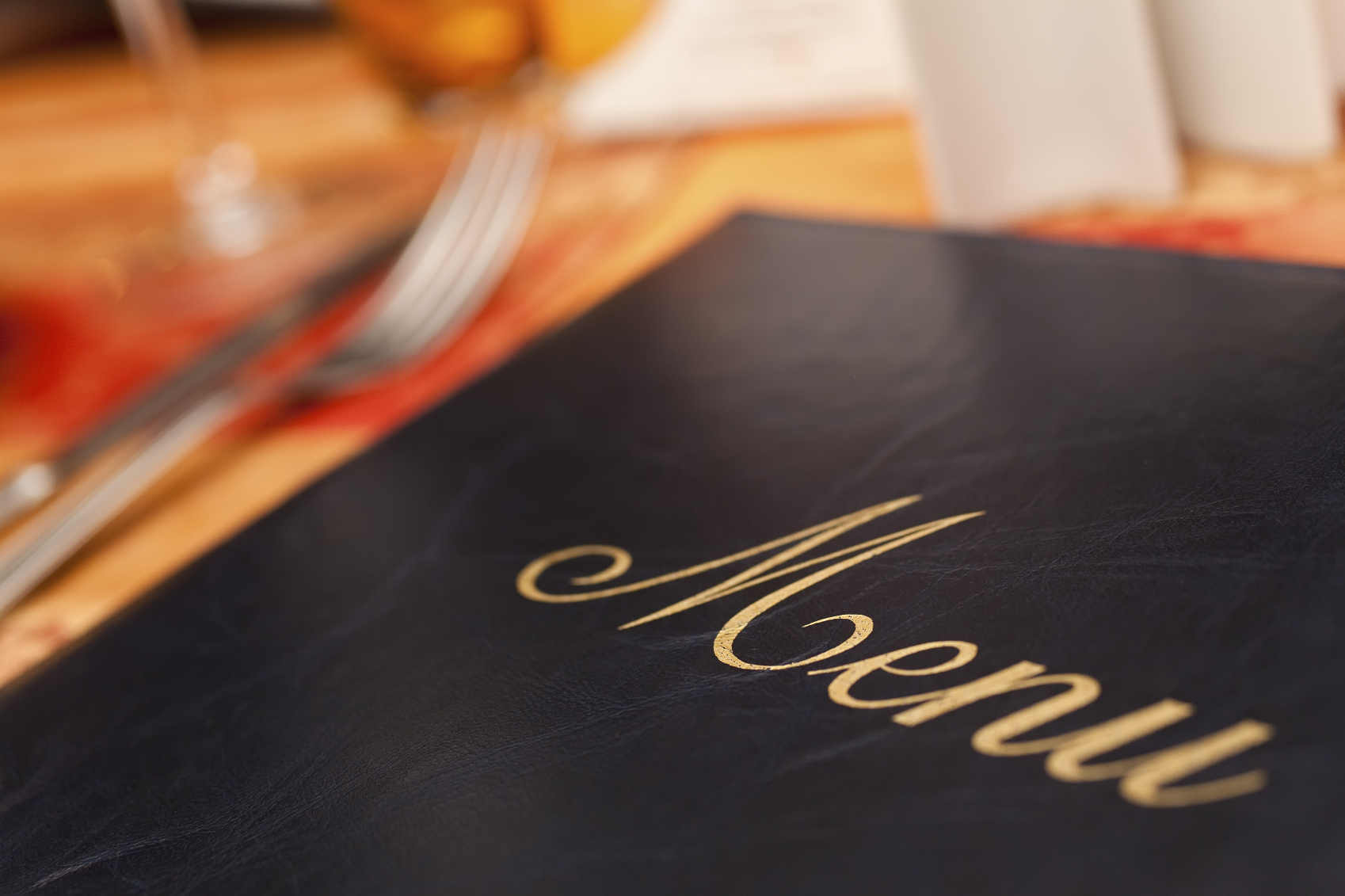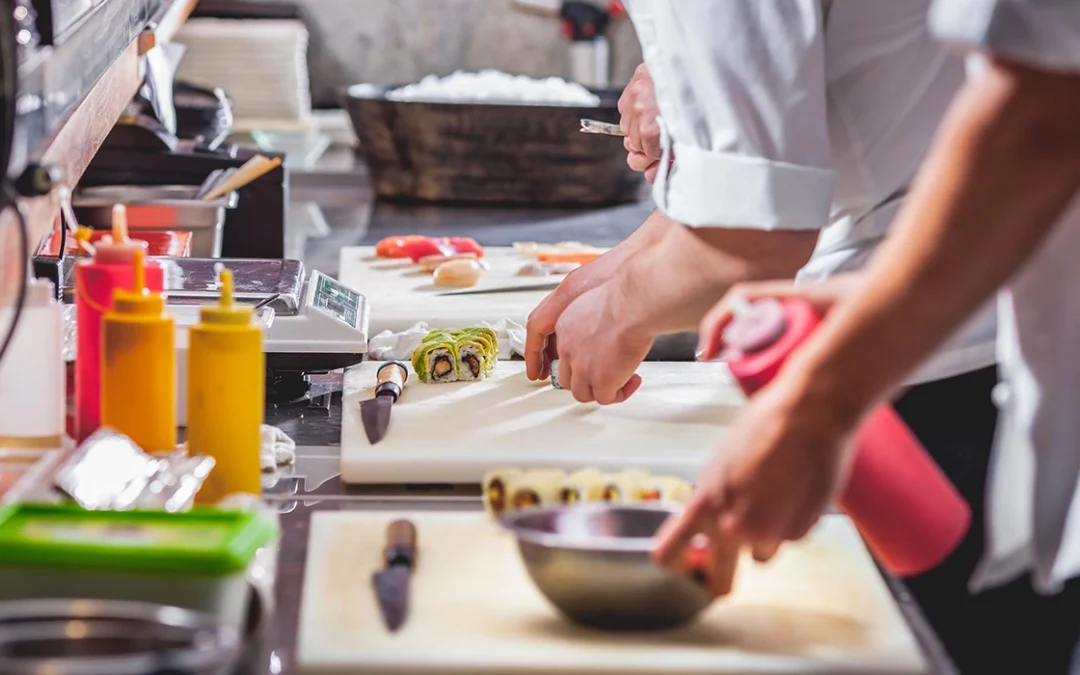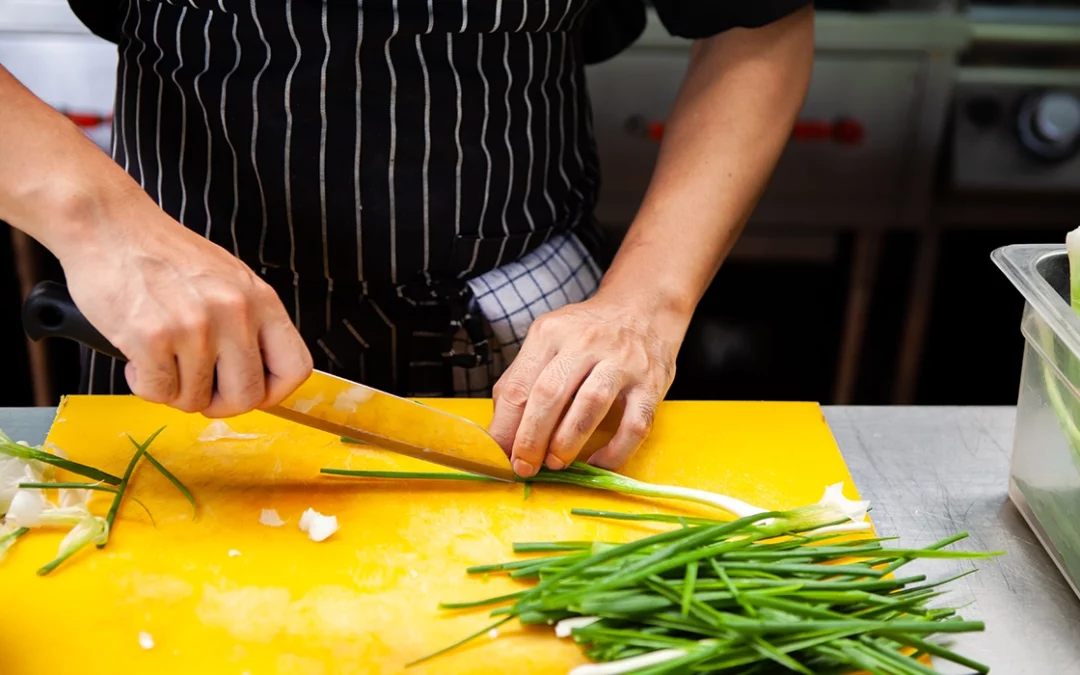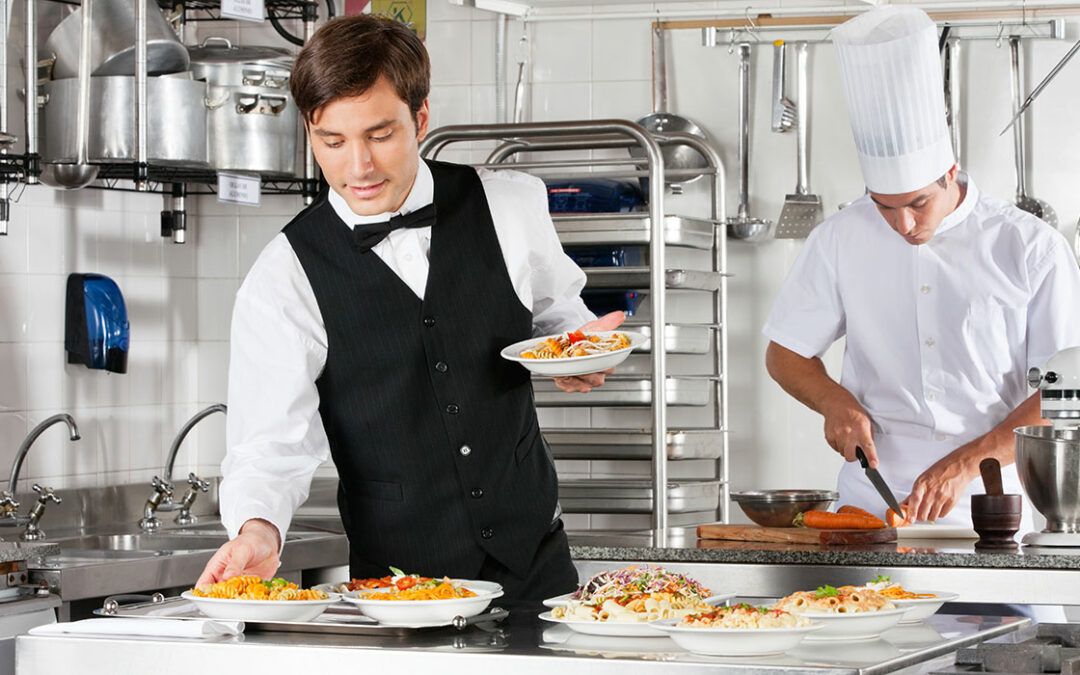To ensure your staff can sell items that will have outstanding value in guests’ minds, you have to examine your menu pricing. As a restaurant operator, your aim is to run your operation the most profitable way possible. It’s this objective that determines your long-range pricing strategies and your appropriate short-range pricing tactics. The idea that food cost should be set at a certain percentage doesn’t necessarily ring true anymore.
Menu Pricing Basics
To help maximize your menu mix and profitability, shop your competitors to ensure your range of prices is in the range of their pricing. Also, factor in your product mix. Pricing a few items below the competitors will show value – your grilled chicken sandwich is a bit less than theirs – and the guest notices. However, your signature items, ones they don’t carry, can carry a higher price point as the guest has nothing to compare it to.
If your food and drinks are priced inconsistently with a similar concept, your guests will certainly take notice. On the drink side, don’t forget to compare both well and premium brands. If your well brands are far superior than the competitors, promote it as guests often just look at the price.
Determining Menu Pricing
Of course, you can’t operate with prices too low for your overhead, either. Look through your menu prices at least once a year to evaluate if you’re on target. Do simple things like end the price in a ‘9’ instead of a ‘5’ ($6.99 vs. 6.95). Four cents is still four cents.
Offer signature drinks and menu items your competitors don’t so there is no way the guest can even compare prices. Be smart and make more money! On the flip side, raise profit margins by changing to larger portions or higher quality ingredients where you can charge extra for them. Paying 20 cents extra for a larger burger but raising the price by $1 (an incremental cost of 20 percent) will lower your food cost by actually enhancing the menu.
Overall, the blended food and beverage cost of all your items needs to be in a range you can live with. Review your product mix reports and see where the profit opportunities are – raising prices 25 cents on an item selling 1,000 per week increases sales (and profits) by $250 per week. Raising the price by a quarter for an item selling 100 per week only nets $25.
A New Way to Look at “Profit” in Menu Pricing
The good news is there are logical ways to approach pricing. The first thing to consider is the role of profit. There is a definite relationship between the prices you charge and total sales. Your prices must reflect your restaurant’s ability to cover all costs and yet generate enough profit for you. Keep in mind that profit is simply another cost of doing business. Here’s another way of looking at it: As a restaurant operator, you’re also an investor of money and/or time. As an ‘investor,’ you expect ‘interest or profit,’ on your investment. Profit, therefore, is just another type of cost. Consider this concept when calculating your prices so that they, in turn, yield your desired profit.
Restaurant Service and Sales Training
Your menu pricing won’t matter much if your staff can’t make sales and deliver exceptional service. The Service & Sales Excellence Waitstaff Training Series is based on Service That Sells!, a restaurant training philosophy developed by restaurant owners for restaurant owners. Click here to learn more.





